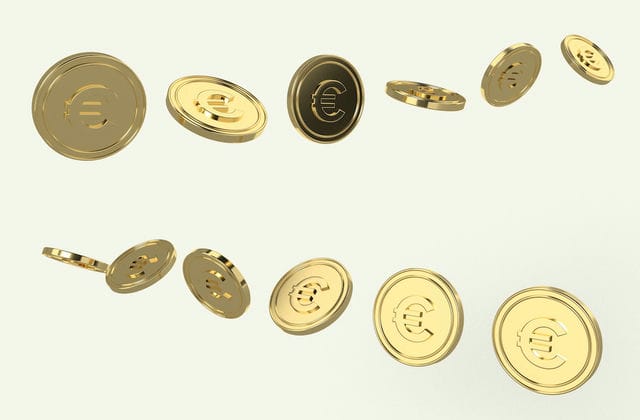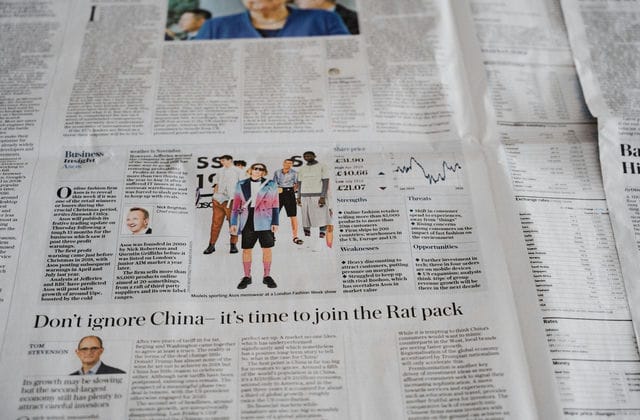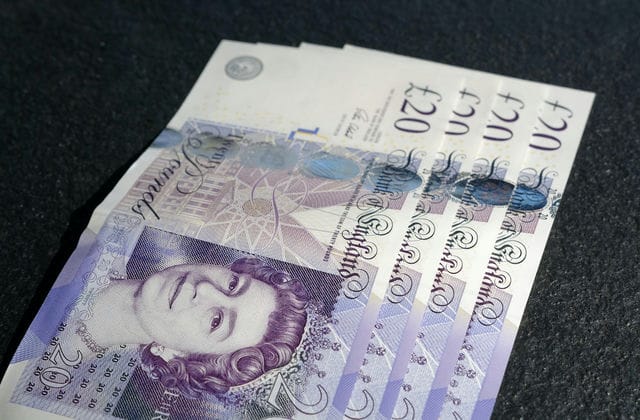A futures hedge is a way of reducing business risk while still making a profit on an investment by entering into two trades that are correlated, opposite in direction, equal in quantity and offsetting in profit and loss.

A correlation means that there is a homogeneity of market supply and demand that affects the price of two commodities, and that a change in supply and demand will affect the price of both commodities in roughly the same direction.
Opposite direction means that two transactions are bought and sold in opposite directions, so that no matter what direction the price changes, there is always a profit and a loss.
Of course, in order to achieve break-even, the size of the two transactions must be determined by the magnitude of the respective price movements, so that the quantities are roughly equivalent.
In the futures market, the more common types of hedging transactions are roughly as follows.
The first is a hedging transaction between futures and spot. This means that the opposite direction and the same quantity are traded between the futures market and the spot market at the same time, and is the most basic form of hedging in futures trading.

The second type of hedging is between different futures markets for the same type of futures. Due to regional and institutional differences, it is likely that the price of the same futures contract commodity at the same time in different types of markets will be inconsistent and will be in constant movement.
The third type of hedging is the hedging of the same commodity at different delivery times, as the price level changes over time, the same commodity at different delivery times creates a price spread which is also constantly changing.



























